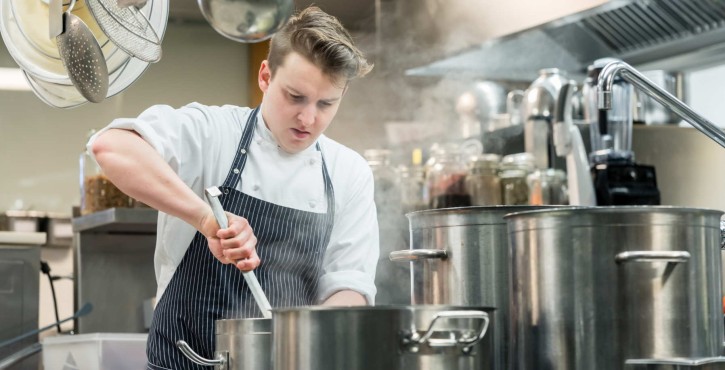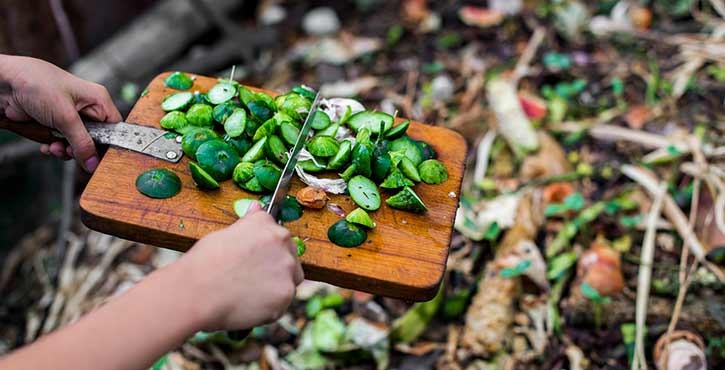If you work in a kitchen, you have a legal responsibility regarding food safety. Preparing and storing food correctly not only prevents upset stomachs, but also reduces costs, saves time, and ensures you serve the tastiest food.
Whether you work in the catering or hospitality sector, learn more about UK food safety regulations in catering and food temperature guidelines and their importance when chilling, cooling and discarding food.
Proper food storage is not only beneficial for your customer's health but helps preserve your ingredients' quality and nutritional value. Correctly storing food allows you to save money by making sure food gets used instead of going off prematurely.
Temperature control plays an important role in storing food properly. Cold food must be kept at 8°C or below, a legal requirement for businesses in England, Northern Ireland and Wales. The best practice is keeping your fridge below 5°C to ensure that food is cold enough. You should regularly check that your fridge and other display units are cold enough.
When food is in the danger zone, it is at risk of developing harmful bacteria, which can cause illness to people handling or eating it, such as salmonella.
The FSA (Food Standards Agency) sets this zone between 8°C and 63°C, so you want to keep any food outside this range.

Rational's iCombi Pro has an intelligent display, so you know your cooking cabinet temperature at all times, ensuring your food is perfectly cooked and safe for eating!
The inbuilt core temperature probe can be used to monitor the internal temperature of food, providing perfectly cooked, safe results every time.
Rapidly chilling cooked food in equipment such as a blast freezer will help prevent bacteria from multiplying, as you are quickly taking the food out of the temperature danger zone.
Stick to the food temperature guidelines explained above when cooking and chilling food. It will help ensure the food you have stored is safe for your customers to consume.
Known as the 90-minute rule, you must cool hot food to the lowest temperature possible within 90 minutes.
We know bacteria multiply rapidly when food is left in the temperature danger zone, so it is crucial to cool food efficiently. The temperature of foods should be below 8 °C before they are placed in the refrigerator.
It's important to remember that putting warm foods in the fridge or freezer can raise the surrounding temperature and foods, enabling bacteria to grow.
By chilling food properly, you prevent harmful bacteria from growing and contaminating your customers' food.
Store any food with a use-by date, and during food prep keep chilled food outside the fridge for as little time as possible. Check your fridges' temperatures regularly, and do not overfill your fridge so air can circulate and keep the temperature controlled.
When serving or displaying chilled food, the maximum time you can hold it at temperatures above 8 °C is 4 hours.

By correctly storing food, you will prolong the life of your ingredients and prepared food elements.
When they are past their use-by date, it's essential to discard food safely. It is important not to allow waste to build up in kitchens and food rooms and to deposit it in sealed containers to reduce the risk of contamination.
All food waste except liquids and fats can be recycled by your council or waste contractor. Or, if you have composting facilities, there is a massive range of food waste that can be composted.
It’s crucial you understand safe temperatures for food storage, chilling and cooking, and what can happen if they aren't followed. At Rational, we create intelligent cooking systems and monitoring tools to ensure you know what is happening with your dishes as they are being cooked.